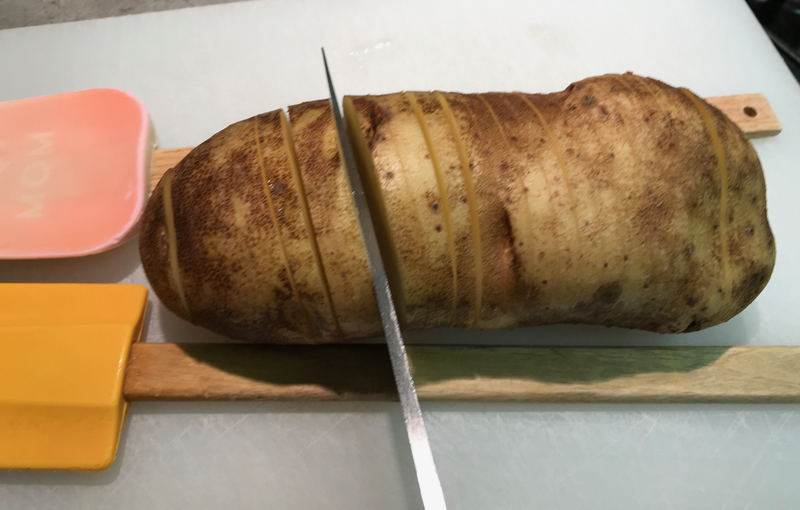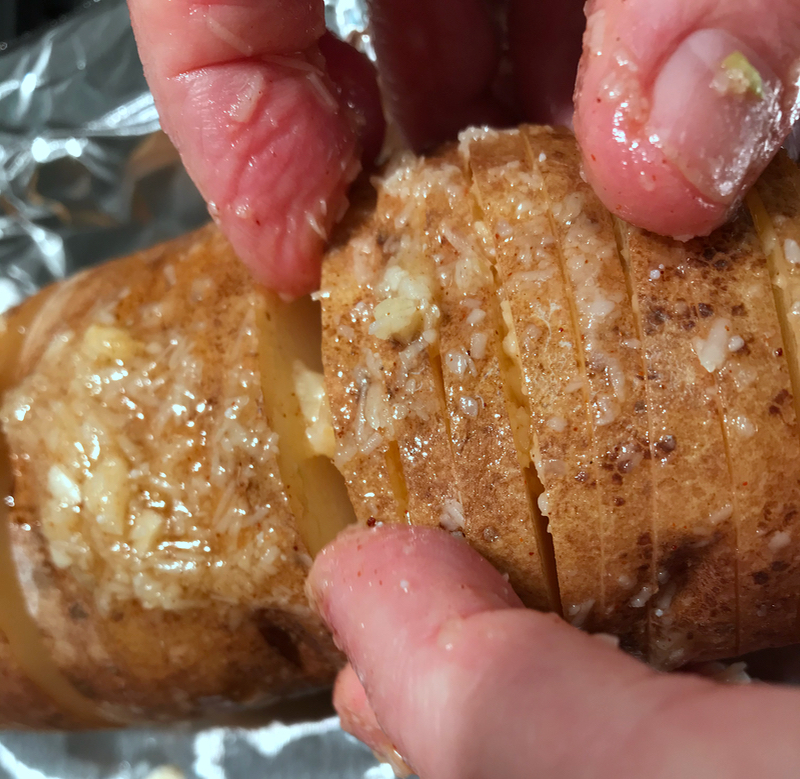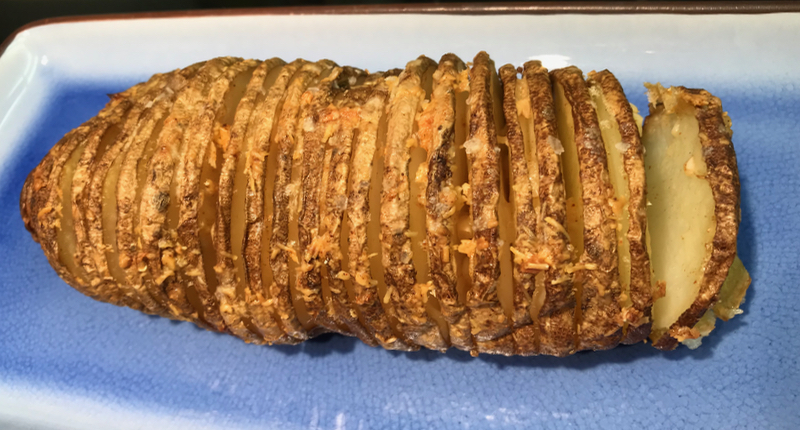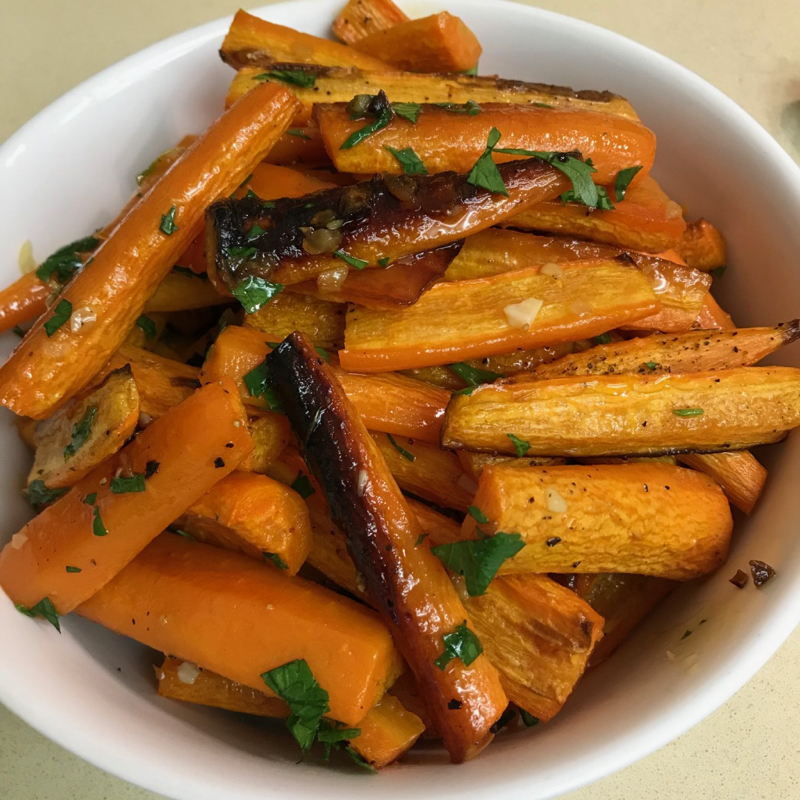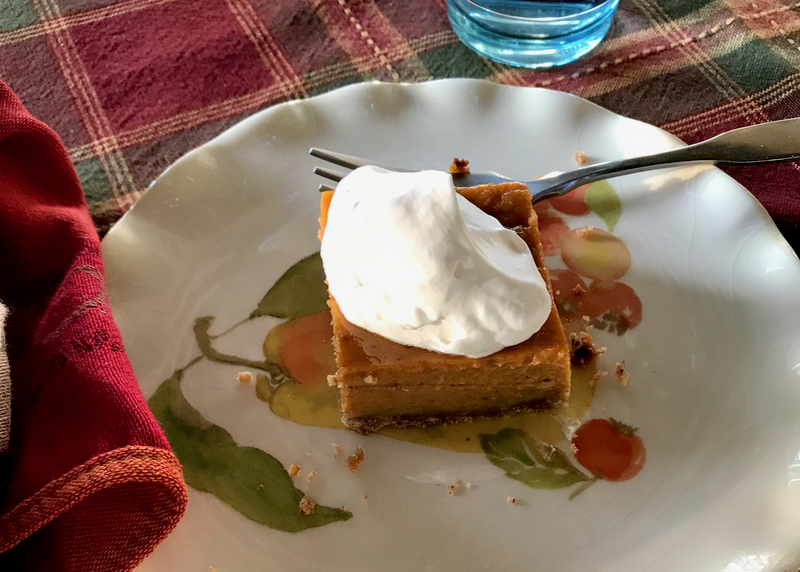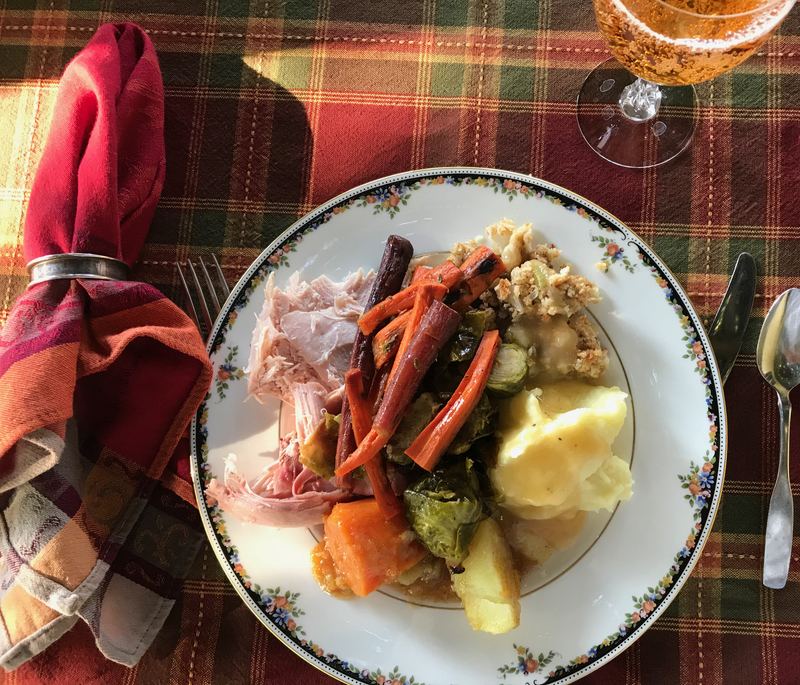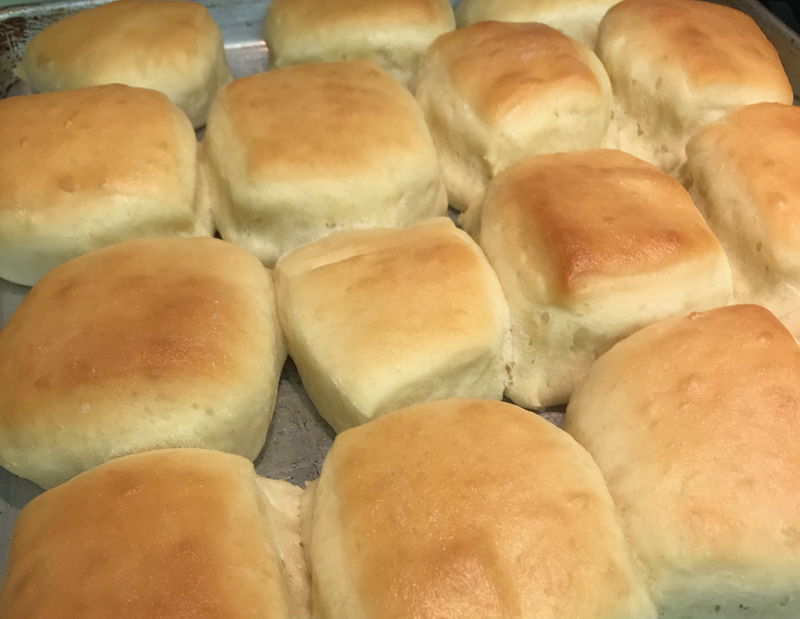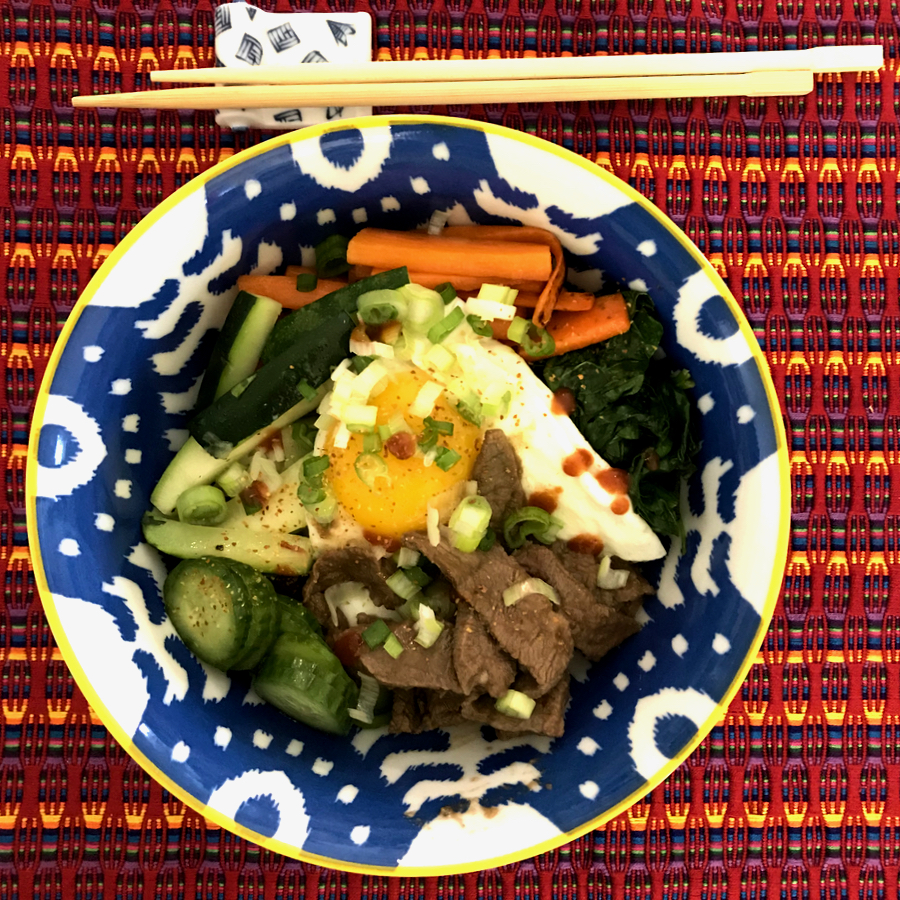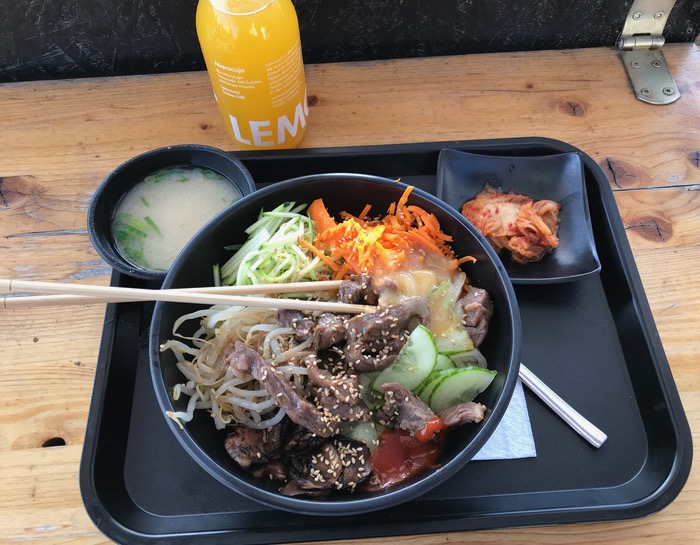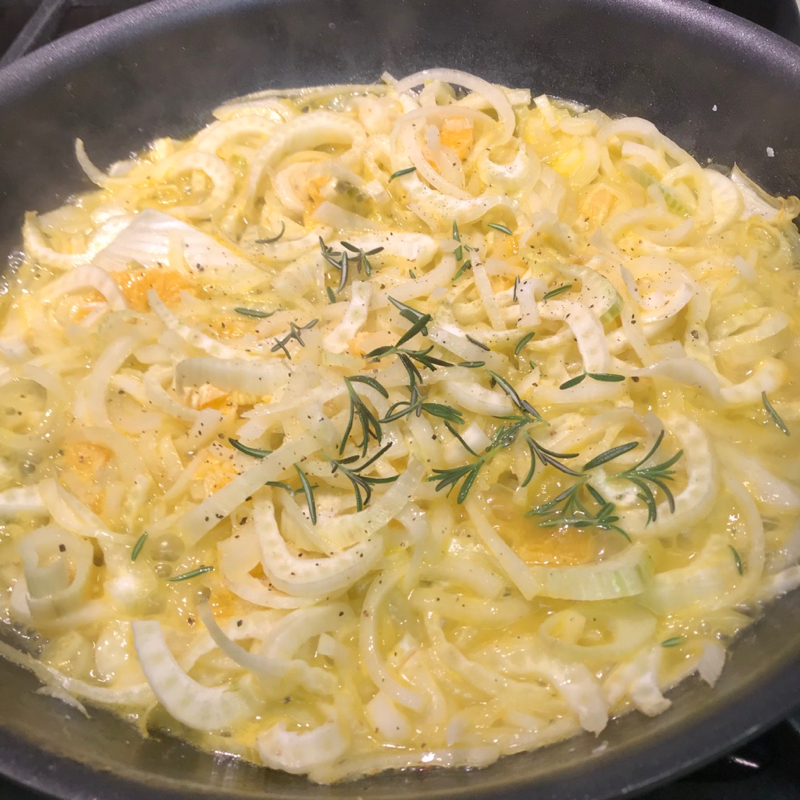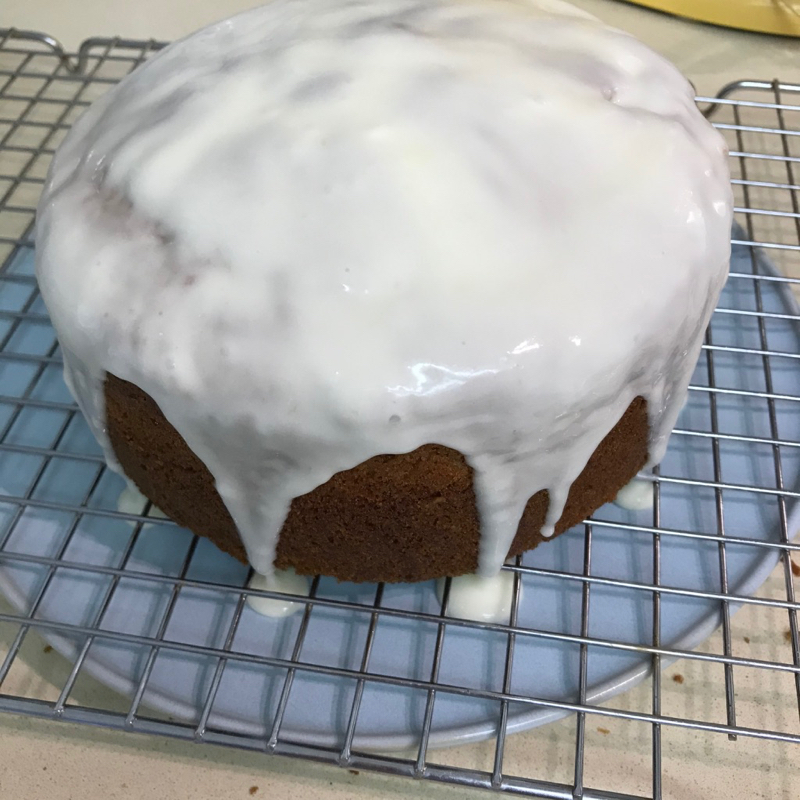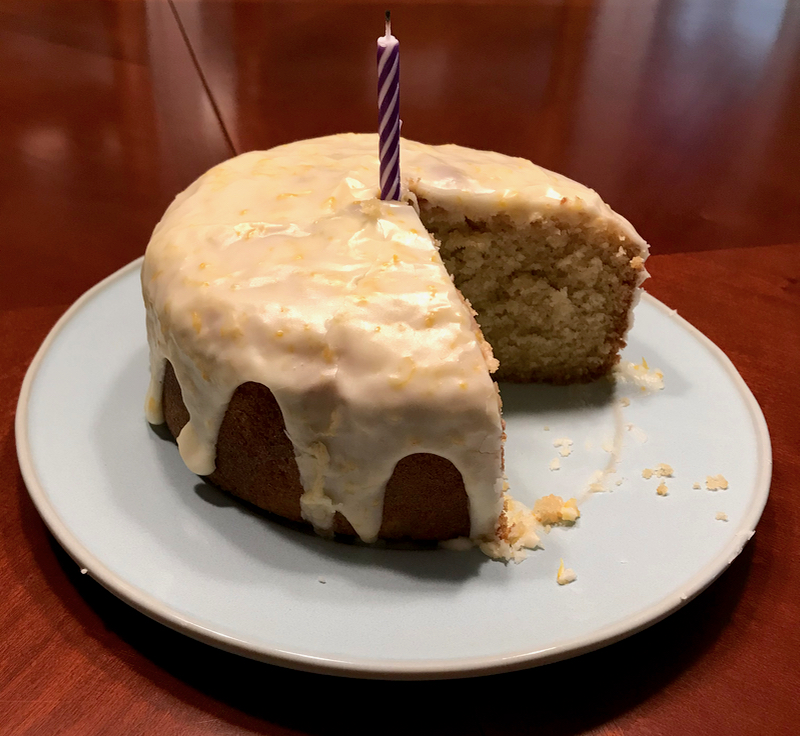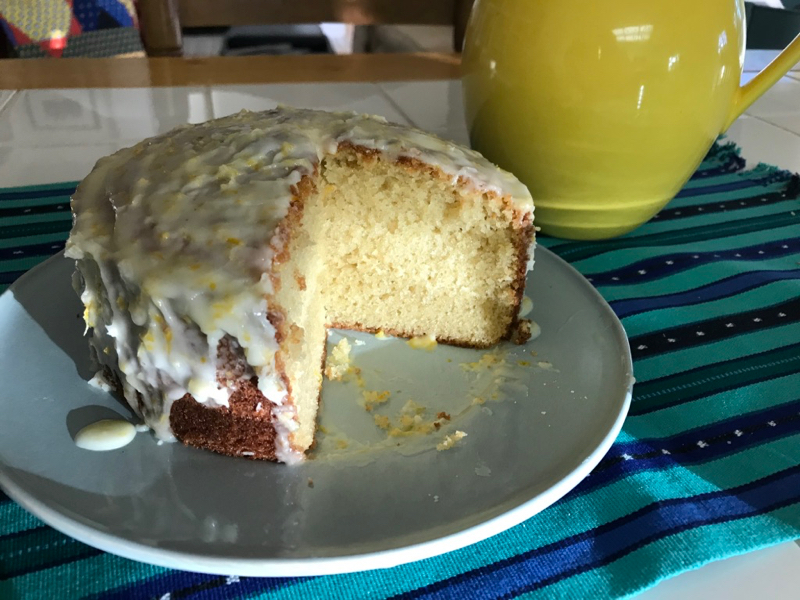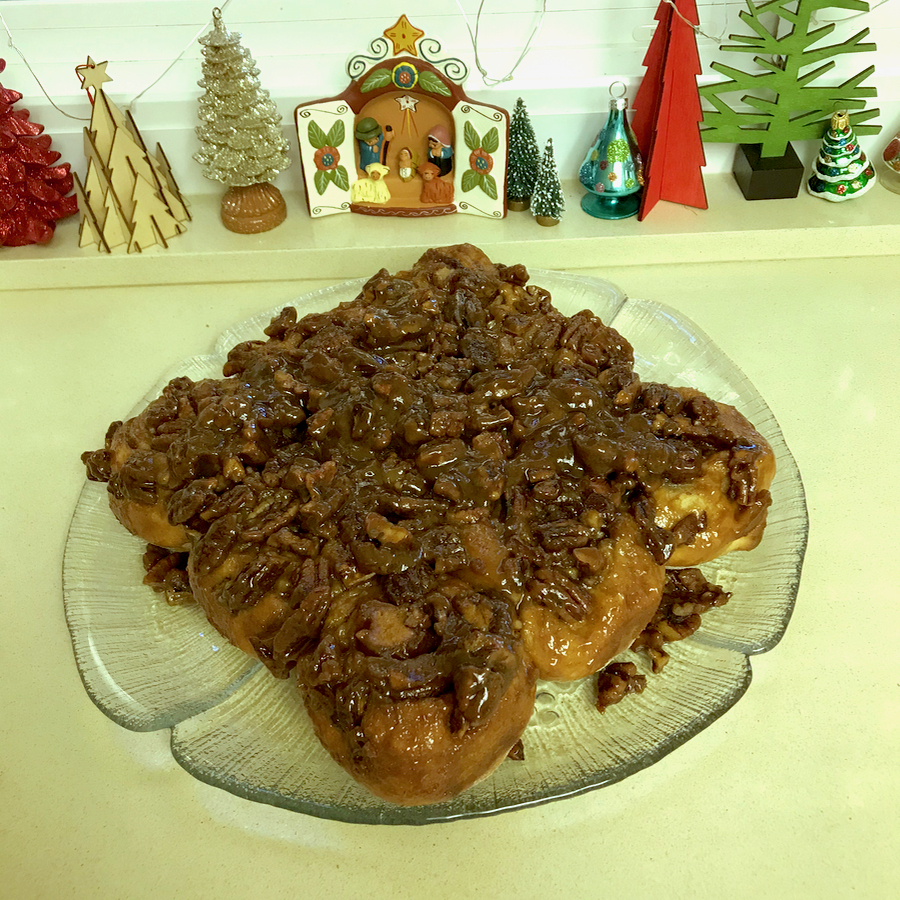
These are a winner, all the way around. Perfectly sticky, soft dough, just the right amount of spice all combine for a perfect Christmas morning cinnamon roll. The original recipe comes from Joy Wilson, via the Washington Post, 2020.
Sticky Pecan Rolls
If you want a fresh-baked batch of rolls when you wake up, proceed with the recipe through the step when you place the cut rolls into the pan with the sauce. Cover the pan with lots of plastic wrap and refrigerate overnight. In the morning, let the rolls come to room temperature for 30 to 40 minutes while you preheat the oven. Then bake as directed.
Ingredients
For the dough:
2¼ teaspoons instant yeast
3 tablespoons warm water
Scant 3 cups (360 grams) flour, plus more for dusting the counter
½ cup (120 milliliters) whole milk, at room temperature, or more as needed
⅓ cup (65 grams) lightly packed light brown sugar
1 large egg, lightly beaten
1 teaspoon vanilla extract
½ teaspoon kosher salt
4 tablespoons (57 grams) unsalted butter, at room temperature, cut into medium chunks
For the filling inside the pecan roll:
½ cup (99 grams) lightly packed light brown sugar
1 tablespoon ground cinnamon
1 teaspoon freshly grated nutmeg
⅛ teaspoon ground cloves
½ teaspoon kosher salt
6 tablespoons (85 grams) unsalted butter, at room temperature
For the sticky topping:
½ cup (120 milliliters) heavy cream
⅓ cup (113 grams) honey
2 tablespoons (28 grams) unsalted butter
¼ teaspoon kosher salt
1¼ cups (125 grams) coarsely chopped pecans
Make the dough
In the bowl of a stand mixer fitted with a dough hook, mix the yeast with the warm water until combined. Add the flour, milk, brown sugar, egg, vanilla and salt. Using a silicone spatula, stir the mixture into a shaggy dough.
Place the bowl on the stand mixer and mix on low speed, slowly adding chunks of butter as the dough comes together. [Note: This is kind of weird, and doesn’t look as if the butter will incorporate, but it does.] If the dough looks too dry, add an additional tablespoon of milk. Increase the mixer speed to medium and knead the dough until it begins to pull away from the sides of the bowl, about 4 minutes.
Transfer the dough to a lightly floured work surface and knead by hand into a cohesive, relatively smooth ball, about 3 minutes.
Place the dough in a large, greased bowl, cover with plastic wrap and allow to rise in a warm place until doubled in size, 1 to 1½ hours.
Make the filling:
While the dough rises, in a medium bowl stir together the brown sugar, cinnamon, nutmeg, cloves and salt until combined. Reserve the room-temperature butter for use in assembling the sticky rolls.
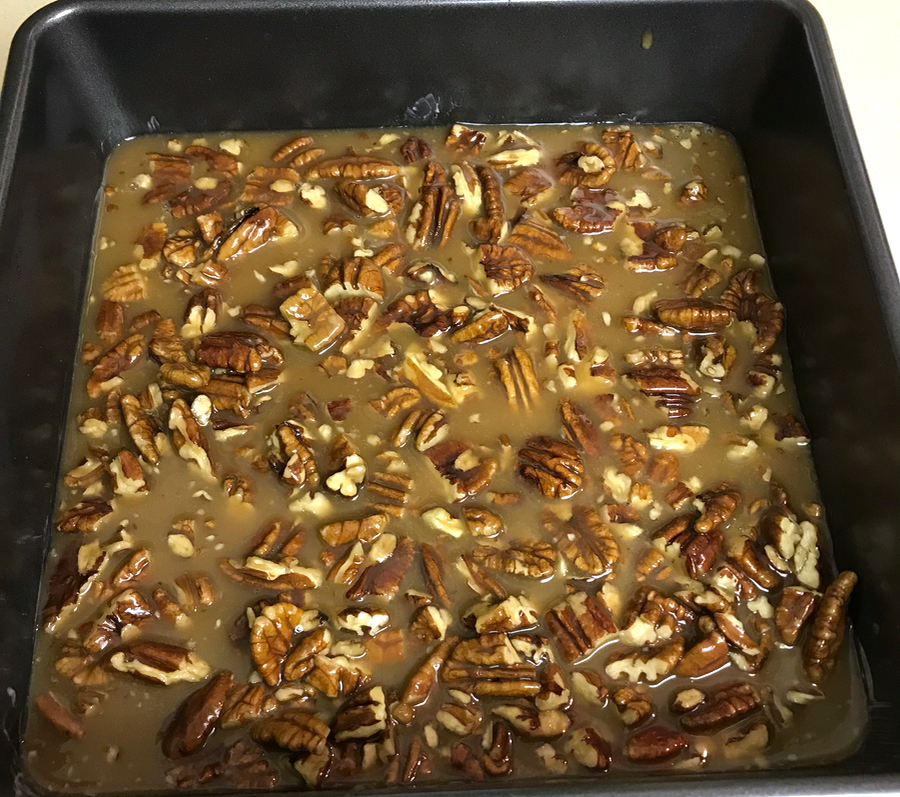
Make the topping:
In a medium saucepan over medium heat, combine the cream, honey, butter and salt and bring to a simmer. Reduce the heat to low and let the mixture simmer gently until slightly thickened, about 3 minutes. Remove from the heat and stir in the pecans.
Generously flour a work surface and unwrap the dough onto it. Using a floured rolling pin, roll the dough into a rectangle about 12 by 15 inches. Spread the reserved butter over the dough and sprinkle the filling mixture on top. Starting with the long edge of the dough, lift and roll it into a tight log, seam-side down. Using a sharp knife, trim off the uneven edges. Slice the log into 9 equal pieces.
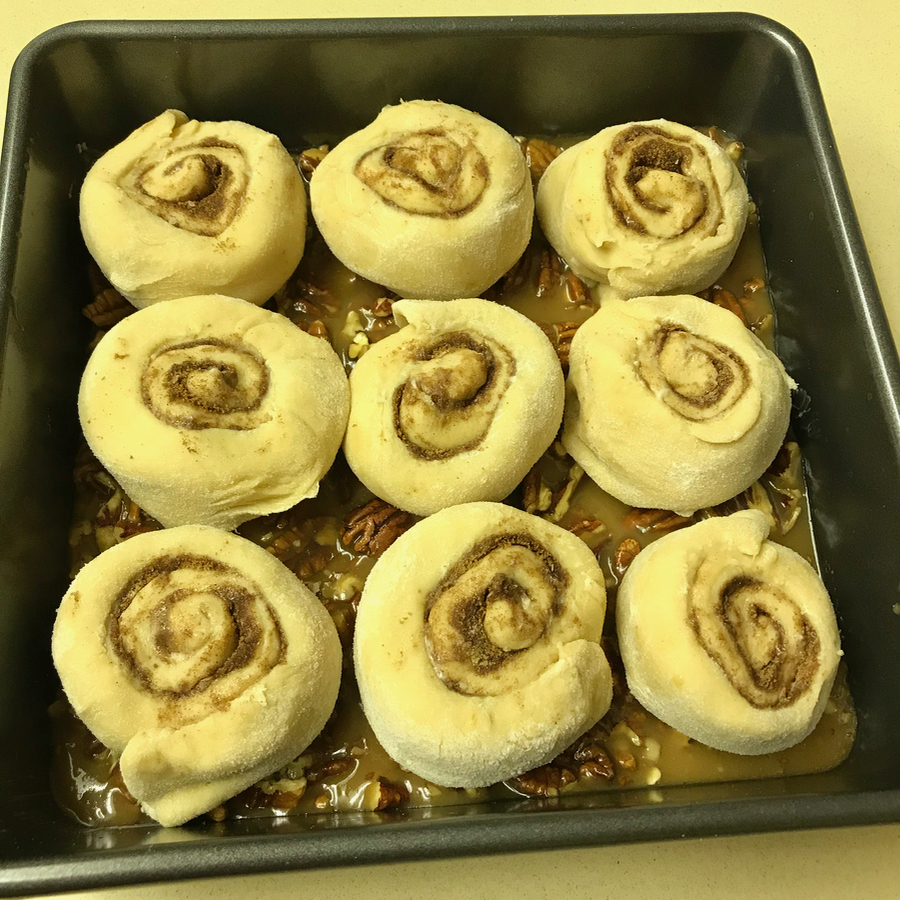
Pour the prepared pecan topping into a 9-inch greased square pan. Nestle the cut rolls over the topping. [Note: I slightly flattened out the rolls into a bit larger circle when I placed them in the pan.] Cover loosely with a clean kitchen towel and allow to rest while the oven preheats, about 20 minutes. (To store overnight, skip the 20-minute rest, cover the rolls with lots of plastic wrap and keep in the refrigerator overnight. Let come to room temperature before baking.)
Position the rack in the upper third of the oven and preheat to 375 degrees.
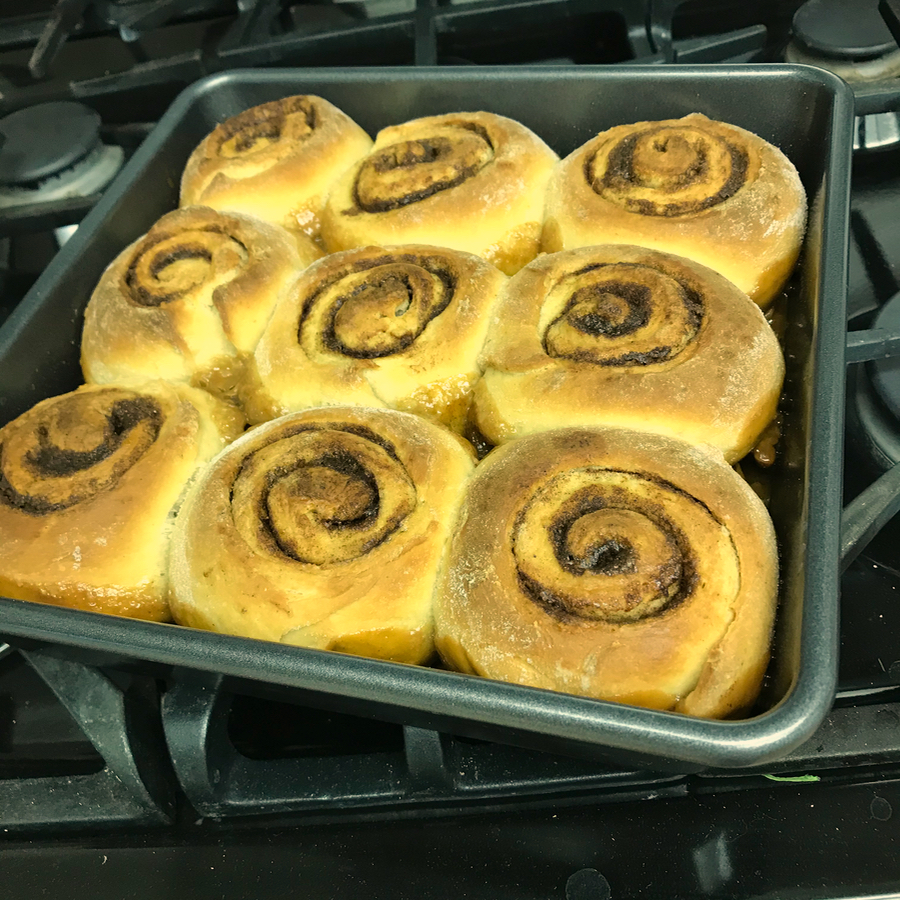
Uncover the rolls and bake for 30 to 32 minutes, until golden brown and bubbling. Remove from the oven and let cool in the pan for 10 minutes. While the rolls are still warm, run a butter knife around the edges of the pan and invert the entire pan onto a large serving platter. Scrape any nuts or caramel that remain in the pan on top of the rolls. Serve warm.
Nutrition Information
Calories: 420; Total Fat: 24 g; Saturated Fat: 12 g; Cholesterol: 65 mg; Sodium: 130 mg; Carbohydrates: 48 g; Dietary Fiber: 2 g; Sugar: 23 g; Protein: 5 g.
